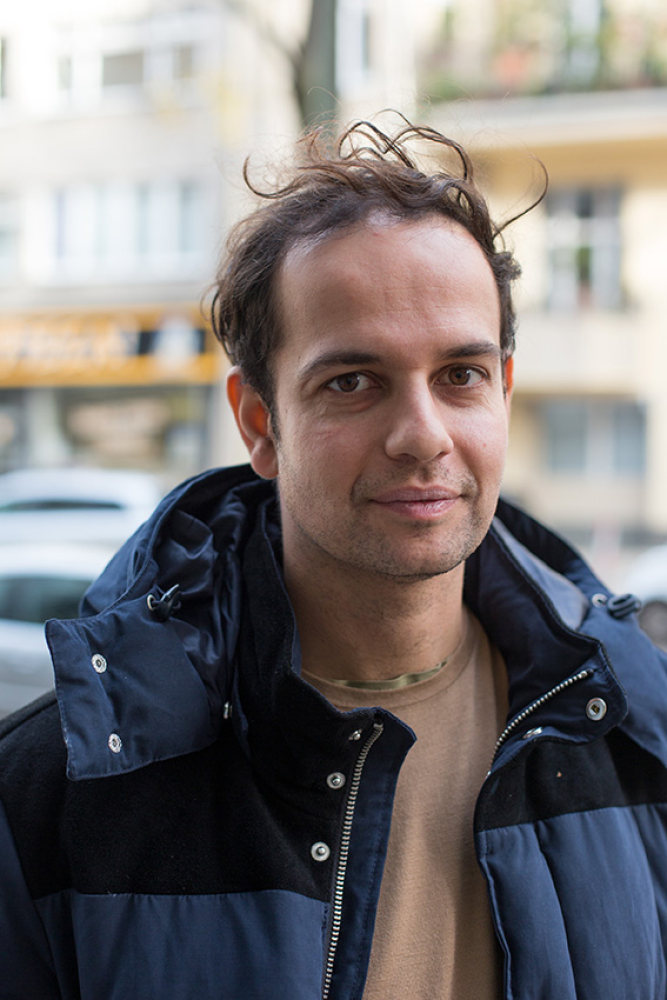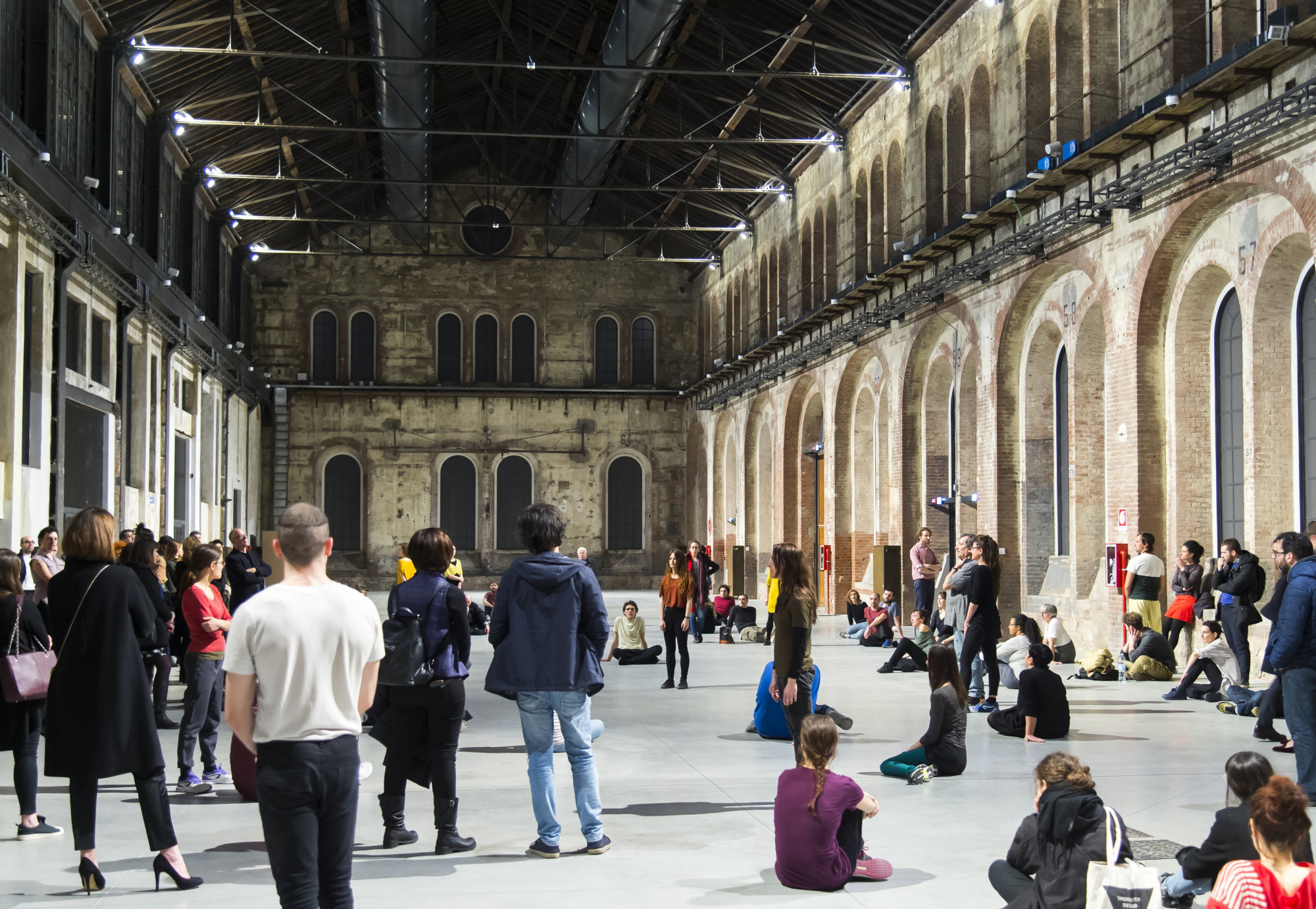
Performance art by Tino Sehgal at Tai Kwun in Hong Kong a challenge to your senses – these are events to be experienced, not just seen
- Artist Tino Sehgal is bringing two of his best-known pieces to the ‘trust & confusion’ exhibition at Tai Kwun – where the audience can become part of the work
- Performers and interpreters engage with the public through singing, dancing and conversations in This Variation and These Associations
If you have already been to the “trust & confusion” exhibition at Tai Kwun, Hong Kong’s Centre for Heritage and Arts in Central, then you have probably already seen the artworks there that are neither objects nor performances in the usual sense.
For example, Mette Edwardsen’s Time has fallen asleep in the afternoon sunshine (2010 – ongoing), is experienced by having an entire book recited to you from memory by a trained guide at the exhibition.
Scarlet Yu and Xavier Le Roy’s Still in Hong Kong (2021) is a collection of 22 performers who approach visitors and offer to share with them their own personal stories, or special actions and postures.

Sehgal, an artist of German and Indian descent, creates what he calls “constructed situations” for audiences to experience and to join in with. Inside a dark room on the third floor of the Tai Kwun Contemporary gallery, around a dozen trained dancers perform This Variation, a work that he first presented in 2012.
Still. Quiet. Creepy. Hong Kong’s MTR as never before seen
Members of the public can walk in at any time during opening hours as the performers tell stories, sing and dance. The only “soundtrack” is improvised beatboxing, scat singing and rap from the dancers.
The dancers, a swaying, gyrating, shadowy blur of human motion, are the work itself. So are the audience – like in a nightclub, you feel compelled to join in with them. There is just about enough light to see the dancers’ silhouettes and, once in a while, someone says something like “This variation. Version 11”, and the dancers will reconfigure.
Comparing it to a club, though, may be too glib – the work is likely to provoke a range of emotions. Trepidation in the first couple of minutes before your eyes adjust to the darkness. Amusement because some of noises and moves are silly. At other times, it may feel as if you have walked into a zoo – one with no cage that separates you from the howling, animalistic dancers.

It is, as curator Xue Tan says, a work all about senses. “He doesn’t want you to see the dancing. He wants you to feel it,” she says.
These Associations was commissioned by the Tate Modern art gallery for the Turbine Hall in London. In Hong Kong, it will be enacted in the Prison Yard at Tai Kwun, where 30 interpreters at any given time engage with members of the public through singing, movements or conversations. Although they include some Hong Kong artists, such as Shane Aspegren and Jaffa Lam, the interpreters are from all walks of life and backgrounds, and from the ages of 16 to 78.

Compared with other performance art, Sehgal’s works are unique in how they challenge the way the art market works. While they can be bought and collected, they leave no physical trace at all. There is no contract, no recording or photos are allowed, and there is no written description or instruction by the artist.
The anti-object principle is an extraordinary comment on the commodification of art, on capitalism and on the environmental impact of the overproduction that humans are guilty of. It is also about trust and therefore, as Tan says, makes Sehgal’s works the centrepieces of a continuing exhibition aimed at creating a space for Hong Kong’s polarised community to come together in an intimate, playful and contemplative space.
Tino Sehgal’s two works can be experienced at “trust & confusion”, JC Contemporary, Tai Kwun, 10 Hollywood Road, Central, Tuesday-Sunday, 11am-7pm. From October 23 to December 5.

